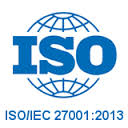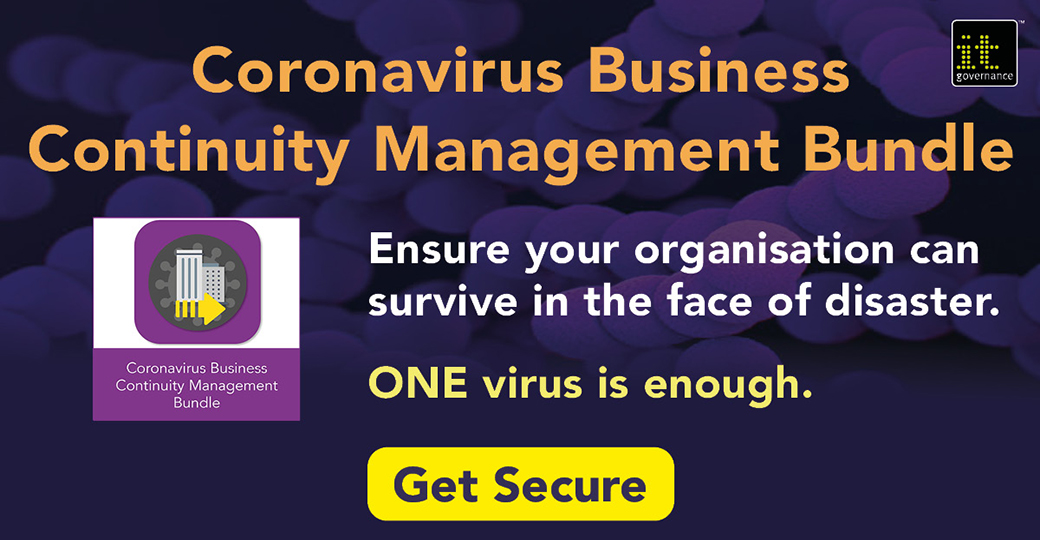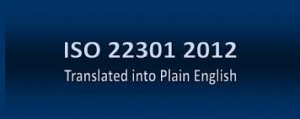
If you’re starting to implement complex standards like ISO 27001 or ISO 22301, you’re probably looking for a way to make your job easier. Who wouldn’t? After all, reinventing the wheel doesn’t sound like a very interesting job.
So, you start looking for some tool to help you with these information security and business continuity standards, but beware – not every tool will help you: you might end up with a truck wheel that doesn’t fit the car you’re driving.
Types of tools
Let’s start first with what types of tools you’ll find in the market that are made specifically for ISO 27001 and ISO 22301:
a) Automation tools – these tools help you semi-automate part of your processes – e.g., performing the risk assessment, writing the business continuity plans, managing incidents, keeping your documentation, assisting in measurement, etc.
b) Tools for writing documentation – these tools help you develop policies and procedures – usually, they include documentation templates, tutorials for writing documentation, etc.
Pros and cons of automation tools
Automation tools are generally useful for larger companies – for example, using spreadsheets for assessing risks can be a problem if you have, e.g., 100 departments, because when you have to merge those results this becomes very difficult. Or, if you have 50 different recovery plans and you want to change the same detail in each of them, using a tool is probably much easier.
However, applying such automation tools to smaller companies can prove to be very expensive – most of these tools are not priced with smaller companies in mind, and even worse – training employees for using such tools takes too much time. Therefore, for smaller companies, performing risk assessment using Excel or writing business continuity plans in Word is a very quick and affordable solution.
There are some tools for which I personally see no purpose – for example, tools for keeping ISO documentation. For that purpose, larger companies will use their existing document management system (e.g., SharePoint), while smaller companies can upload the documentation to shared folders with defined access rights – it doesn’t have to be any more sophisticated than that.
Can you automate everything?
One important fact needs to be emphasized here: automation tools cannot help you manage your information security or business continuity. For instance, you cannot automate writing your Access control policy – to finalize such a document, you need to coordinate your CISO, IT department and business side of the organization, and only after you reach an agreement can you write this policy. No automation can do that for you.
Yes, you can semi-automate the measurement of success of particular controls, but again a human needs to interpret those results to understand why the control was performing well or poorly – this part of the process cannot be automated, and neither can the decision on which corrective or preventive actions need to be taken as a result of gained insight.
What to watch out for when looking for documentation writing tools
You won’t need tools for writing your policies, procedures, and plans if you already developed your documentation based on a framework that it similar to ISO 27001 – e.g., COBIT, Cybersecurity Framework, or NFPA 1600. Also, if you hired a consultant, then it will be his duty to write all the documents (see also: 5 criteria for choosing an ISO 22301 / ISO 27001 consultant).
In other cases you will find documentation writing tools (i.e., documentation templates) quite useful because they will speed up writing your policies and procedures. The main question here is how to choose the right ones – here are a couple of tips:
- Are they appropriate for your company size? If you are a small company and the templates are made for big companies, they will be overkill for you, and vice versa.
- Which kind of help do you receive for writing documents? Are there any guidelines, tutorials, support, or anything similar that comes with the templates?
- Experience of the authors? It would be best if the author has experience in both consulting and auditing, so that the templates are practical for daily operations, but also acceptable for the certification audit.
So, to conclude: yes – in most cases tools can help you with your ISO 27001 and ISO 22301 implementation. Since there are many tool providers in the market, make sure you perform thorough research before you decide to use one.

Author: Dejan Kosutic, Expert at 27001Academy, is the author of a documentation tool aimed at small and mid-sized companies: ISO 27001 & ISO 22301 Documentation Toolkit .
Tags: Acceptable use policy, Access Control, BCMS, isms, ISO/IEC 27001, ISO22301, Risk Assessment











